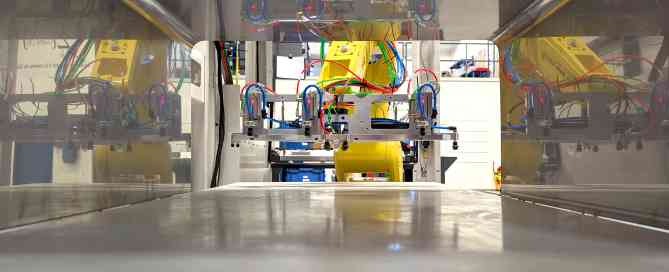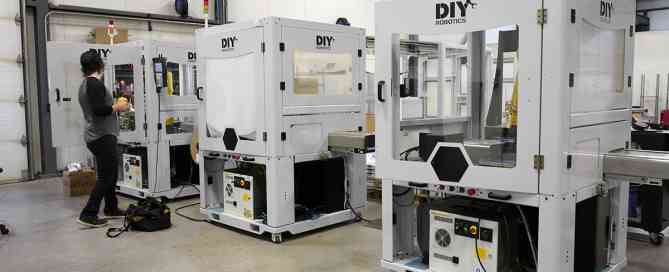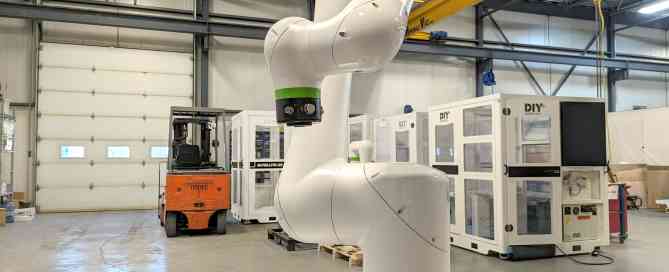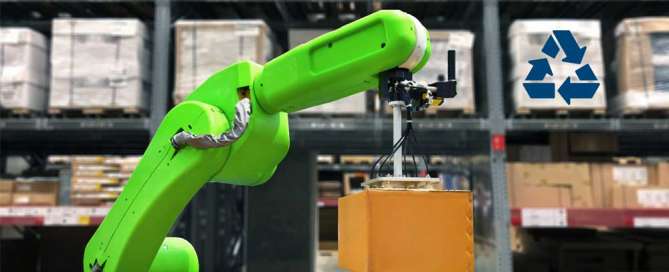WHY IMPROVE YOUR PRODUCTION LINE WITH MACHINE-TENDING ROBOTS?
Machine tending is an essential part of the manufacturing process. It involves loading and unloading materials, parts, or products into machines such as CNC machines, lathes, and injection molding machines. This process can be time-consuming, repetitive, and potentially dangerous, which is why many manufacturers are turning to machine-tending robots to automate this task. In this blog post, we will discuss the relevance of using a machine-tending robot in the manufacturing industry.












